Comité
Le comité est élu pour un mandat de trois ans. Les dernières élections ont eu lieu en 2021.
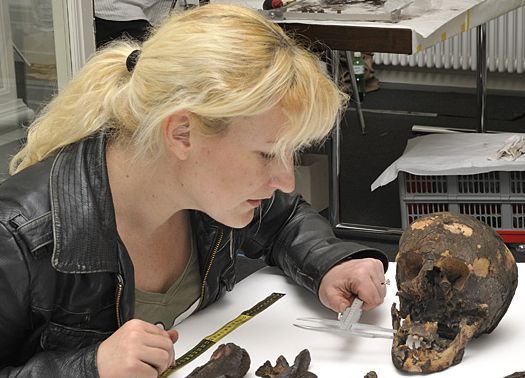
Présidente
Sandra Lösch
Sandra a étudié la biologie et s’est spécialisée en anthropologie physique et en génétique humaine à l'Université Ludwig-Maximilian de Munich (LMU) en Allemagne. En 2009 elle a obtenu son doctorat à l'Institut de médecine légale au LMU en étudiant une population d'époque médiévale provenant de la région alpine bavaroise. Depuis 2010, elle est à la tête du Département d'anthropologie de l'Institut de médecine légale de l’Université de Berne. En 2019, elle y a également été habilitée à la Faculté de médecine. Son équipe s'occupe de l’étude des restes humains tant sur les sites archéologiques qu’en laboratoire et supervise des fouilles cantonales et internationales. Sandra dirige également des projets scientifiques et enseigne à la Faculté de médecine, à la Faculté de philosophie et d'histoire et à la Faculté de droit de l'Université de Berne. Elle supervise les étudiants de master et de doctorat et réalise des expertises de doctorat pour des universités au niveau international, pour des revues spécialisées ainsi que pour des organismes internationaux de financement pour la recherche.
Principaux thèmes de recherche : médecine légale, bioarchéologie, nutrition, mobilité, paléopathologie, préhistoire et histoire ancienne, vie en Egypte antique
https://orcid.org/0000-0003-3442-9764
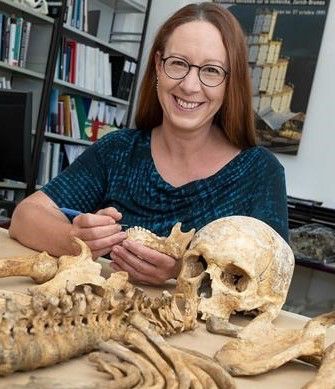
Vice présidente
Christine Cooper
Christine a étudié l'anthropologie physique à Zürich. Pour ses recherches de master (2003) et de doctorat (2010, Université de Johannes Gutenberg, Mayence), elle s’est concentrée sur les traumatismes des victimes de batailles des époques médiévale et post-médiévale. Entre 2004 et 2010, elle a été assistante de recherche à l'Université de Berne (Groupe de recherche en anthropologie, Institut d'Histoire médicale). Depuis 2010 elle est employée en tant qu'anthropologue au sein du Département d'Archéologie/Bureau de la Culture de la Principauté du Lichtenstein ainsi qu'à l'Université de Berne (Département d'Anthropologie, Institut de Médecine légale).
Principaux thèmes de recherche : paléopathologie, ostéoarchéologie, pratiques funéraires, populations de l'époque préhistorique à médiévale
https://orcid.org/0000-0001-7904-808X
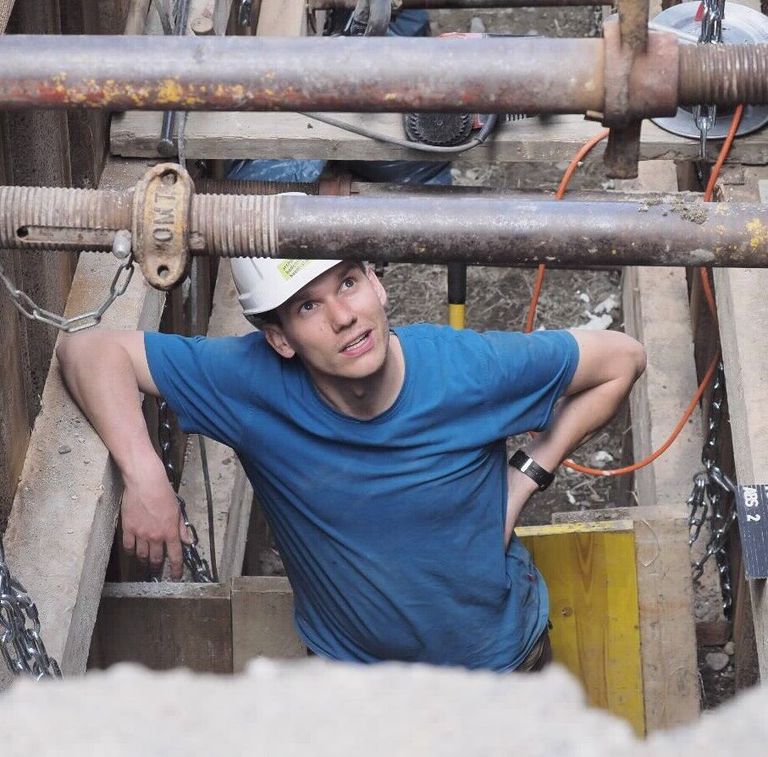
Secrétair
David Roth
David a étudié l'archéologie préhistorique et des sciences naturelles ainsi que la préhistoire et la protohistoire à l'Université de Bâle. Il a obtenu son master en archéoanthropologie en 2019. Dans son master, il a étudié les modifications taphonomiques et les effets de la violence péri-mortem sur des squelettes néolithiques de la grotte d'El Trocs dans les Pyrénées. Depuis 2020, il travaille à la Archäologische Bodenforschung Basel-Stadt en tant qu'anthropologue et responsable de fouilles. Actuellement, il supervise la fouille de la Freie Strasse. De plus, il collabore avec le Musée d'histoire naturelle de Bâle. L'application pratique de l'anthropologie physique sur les fouilles archéologiques et le lien entre l'anthropologie et l'archéologie sont pour lui des préoccupations importantes.
Principaux thèmes de recherche : Anthropologie physique, traumatologie, lien interdisciplinaire entre l'archéologie et l'anthropologie
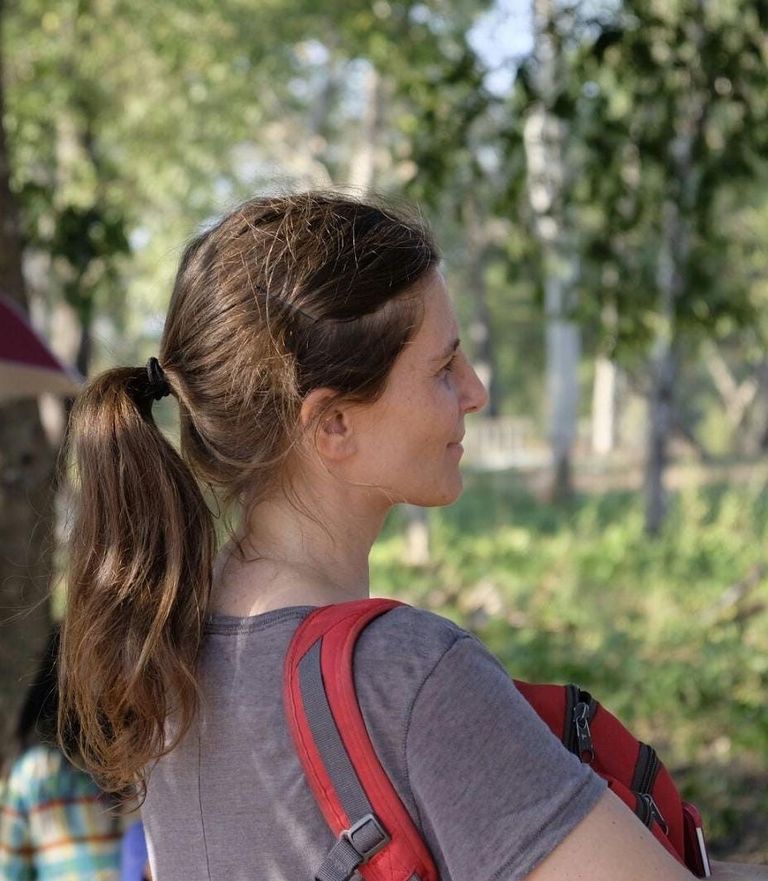
Treasurer
Jocelyne Desideri
Jocelyne a étudié l’archéologie préhistorique en se spécialisant en bioanthropologie dans la section de Biologie de l’Université de Genève. Elle a toujours évolué dans ses recherches au sein de projets interdisciplinaires touchant principalement les modes de vie et la dynamique des populations anciennes à travers un regard bioanthropologique. Au sein de son parcours académique, elle s’est rapidement spécialisée en anthropologie dentaire tant pour son travail de master (2001) que pour sa recherche doctorale (2007). Elle a progressivement intégré de nouvelles méthodologies à ses recherches. Ainsi, après une formation aux analyses d’ADN ancien réalisée au Laboratoire d’ADN ancien de l’Université de Lakehead (Canada), Jocelyne a effectué un séjour postdoctoral en 2008-2009 dans le Laboratoire de chimie archéologique à l’Université de Madison (US). Aujourd’hui chargée de cours et adjointe scientifique à l’Université de Genève, sa principale mission est de développer - depuis 2013 - la recherche en bioanthropologie notamment en formant la relève académique (bachelor, master et PhD). En complément aux enseignements de la bioanthropologie, elle mène chaque année deux fouilles-écoles (Albanie et Bulgarie) permettant aux étudiants de se familiariser à l’archéologie funéraire.
Principaux thèmes de recherche : bioanthropologie, anthropologie dentaire, géochimie isotopique, dynamiques de peuplement, mobilité, modes de vie, paléoalimentation, périodes préhistoriques et historiques, archéologie funéraire, Europe, Afrique
https://orcid.org/0000-0003-1372-7420
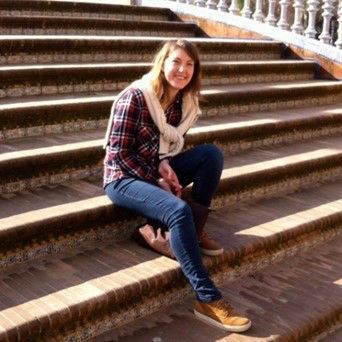
Chief Editor
Claudine Abegg
Claudine Abegg a étudié l’anthropologie et l’archéologie forensique à l’université de Cranfield, en Angleterre, puis elle a effectué un doctorat à l’Université de Genève, en archéologie préhistorique focalisé sur la paléopathologie. Depuis 2019 elle travaille au Centre Universitaire Romand de Médecine Légale en temps qu’anthropologue forensique.
Intérêts de recherche : anthropologie physique, bioarchéologie, lésions osseuses, paléopathologie, éthique en anthropologie.
Webmaster
Lara Indra
Lara a obtenu son Bachelor à l'Unité de préhistoire intégrée et des sciences archéologiques (IPAS) de l'Université de Bâle en préhistoire et sciences archéologiques. Par la suite, elle a travaillé dans le domaine de l'anthropologie (forensique et bioarchéologie) lors de plusieurs stages et a fait son Master en archéologie forensique et anthropologie à l'Université de Cranfield en Angleterre. Depuis 2020, elle travaille au département d'anthropologie physique de l'Institut de médecine légale de Berne, où elle s'occupe de cas médico-légaux et de vestiges archéologiques. En 2021, elle a commencé son doctorat en anthropologie médico-légale.
Principaux thèmes de recherche : anthropologie médico-légale, archéologie médico-légale, taphonomie, charognage animal, identification biologique de personnes décédées inconnues, identification des victimes de catastrophes (IVC)
https://orcid.org/0000-0001-6644-2133